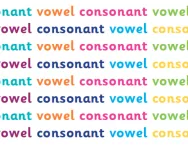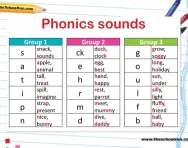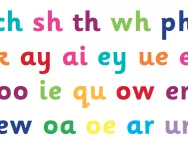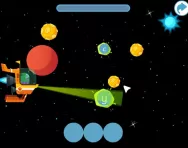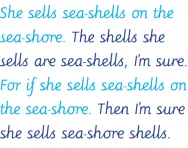Important update from TheSchoolRun
For the past 13 years, TheSchoolRun has been run by a small team of mums working from home, dedicated to providing quality educational resources to primary school parents. Unfortunately, rising supplier costs and falling revenue have made it impossible for us to continue operating, and we’ve had to make the difficult decision to close. The good news: We’ve arranged for another educational provider to take over many of our resources. These will be hosted on a new portal, where the content will be updated and expanded to support your child’s learning.
What this means for subscribers:
- Your subscription is still active, and for now, you can keep using the website as normal — just log in with your usual details to access all our articles and resources*.
- In a few months, all resources will move to the new portal. You’ll continue to have access there until your subscription ends. We’ll send you full details nearer the time.
- As a thank you for your support, we’ll also be sending you 16 primary school eBooks (worth £108.84) to download and keep.
A few changes to be aware of:
- The Learning Journey weekly email has ended, but your child’s plan will still be updated on your dashboard each Monday. Just log in to see the recommended worksheets.
- The 11+ weekly emails have now ended. We sent you all the remaining emails in the series at the end of March — please check your inbox (and spam folder) if you haven’t seen them. You can also follow the full programme here: 11+ Learning Journey.
If you have any questions, please contact us at [email protected]. Thank you for being part of our journey it’s been a privilege to support your family’s learning.
*If you need to reset your password, it will still work as usual. Please check your spam folder if the reset email doesn’t appear in your inbox.
What is a consonant cluster?

What is a consonant cluster?
A consonant cluster is when two consonants are positioned together. They can appear at the start of a word, for example:
st in stay
fr in friend
cr in croak
Or at the end of a word:
sk in task
st in fast
nt in went
nd in sound
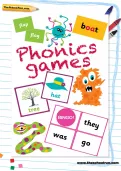

Your 'at-home' phonics support kit
- Step-by-step phonics programme
- Your guide to phonics
- Worksheets & games
This is not to be confused with a consonant digraph, where the two letters make one sound. In a consonant cluster, you can hear the two sounds as you say the consonants.
Children tend to learn letter sounds first, then start combining them to read CVC (consonant, vowel, consonant) words such as hat, top, nag etc.
Once they are confident with this, they will then be introduced to consonant clusters. It can take children a while to be able to read words such as 'trap' when they are used to reading words such as 'tap'. It is important for a teacher to ask a child to sound out the two individual sounds 't' and 'r' and then put them together to make the sound 'tr'.
Teachers may concentrate on one consonant cluster for a set period of time, for example: they may choose to focus on 'mp' for a week, therefore they will give the children phonics activities involving reading and writing words containing 'mp', such as 'jump', 'bump', 'mumps' and 'lamp'. They will encourage children to say these words out loud while looking at the letters and to practise writing the words themselves.

